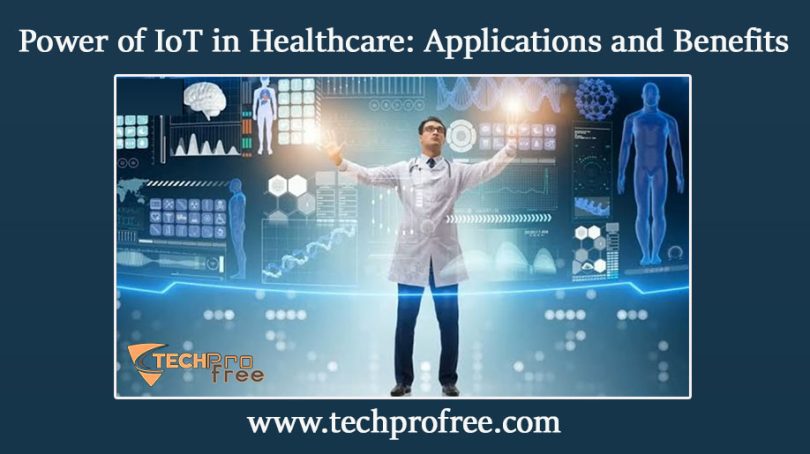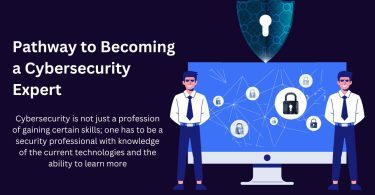The significant expansion of the Internet of Things (IoT) has made a remarkable impact across diverse industries, encompassing medical devices, applications and industrial IoT (IIoT), which is a noteworthy development in itself. The healthcare sector, in particular, has experienced rapid growth in IoT adoption, driven by various factors.
Connected devices have the capability to monitor vital health signs, transmit data, issue alerts, administer medications and automate critical processes.
IoT in Healthcare: The Growing Impact/Applications:
IoT utilization in healthcare is becoming increasingly prevalent and impactful.
Here are some prominent examples…
- Revolutionizing Diabetes Management with IoT:
Traditionally, diabetic patients relied on finger pricks to test their glucose levels, which was inconvenient and discouraged frequent testing.
The conventional practice of periodic testing for glucose levels in diabetes management posed a risk of potential long-term complications. However, the advent of IoT-based glucose monitoring devices has brought about a revolutionary change in how diabetes is managed. These devices utilize wearable sensors that enable patients to measure their glucose levels.
The information gathered is simply linked to a reader and a smartphone monitoring software. Through wireless transmission, this data is then sent to a centralized system, enabling family members and healthcare professionals to receive real-time updates and monitor diabetes-related conditions with greater effectiveness and efficiency. This IoT-enabled approach to glucose monitoring has significantly improved the convenience and accuracy of diabetes management, enhancing the overall well-being of patients.
- Virtual Hospitals: Redefining Outpatient Care with IoT:
The advent of smart IoT devices, including connected personal wearables, has paved the way for the development of what is often referred to as hospitals without walls. This innovative approach enables healthcare practitioners to give outpatient and long-term care to their clients via the Internet, from the comfort of their own residences. The utilization of this approach offers numerous advantages, including enhanced convenience, expedited access to care and the optimization of hospital bed capacity for patients who require intensive in-person treatment.
- Smart Labs: Accelerating Research and Collaboration through IoT:
Modern smart laboratories are outfitted with advanced devices that have the ability to track and transmit scientific and health-related data. This technology enables researchers and healthcare professionals from diverse fields to efficiently capture and share precise laboratory data, thereby expediting the analysis process. Furthermore, alert systems are implemented to promptly detect equipment failures, minimizing the risk of losing valuable product information and medical samples. Smart labs foster collaboration among researchers and facilitate the rapid introduction of crucial medical products to the market, ensuring their availability for public use.
Key Benefits of Implementing IoT in Healthcare:
The implementation of IoT in healthcare offers numerous advantages for both doctors and patients. Some of the significant benefits include:
- Enhanced Patient Experience through Improved Connectivity:
Greater interaction among patients, physicians, and their loved ones contributes to a superior medical environment. Remote monitoring of vital signs and symptoms helps to create smarter physical environments by improving operational efficiency and clinical activities, resulting in a more personalized patient experience.
- Quicker and More Accurate Diagnosis Enabled by Real-Time Data:
Doctors can enhance their decision-making process in patient care by leveraging the real-time data provided by personal monitoring devices like glucose and blood pressure monitors. This data allows for the analysis of previous treatments, aids in symptom diagnosis, reduces errors and improves ongoing disease management.
- Cost Reduction through Remote IoT Monitoring:
Remote IoT monitoring helps doctors’ offices and hospitals cut operating costs. As compared to paper records, electronically managed healthcare information is less expensive to obtain and analyze. However, it is critical to verify that linked devices and sent data are properly secured.
Conclusion:
The integration of IoT in healthcare has revolutionized the industry, improving patient experiences, enabling quicker and more accurate diagnoses through real-time data and reducing costs through remote monitoring. The implementation of IoT devices, such as glucose monitors and wearable sensors, has transformed diabetes management, while virtual hospitals and smart labs have enhanced outpatient care and research collaboration. Its impact on healthcare is set to grow, shaping the future of patient-centered and efficient healthcare services.




Leave a Comment